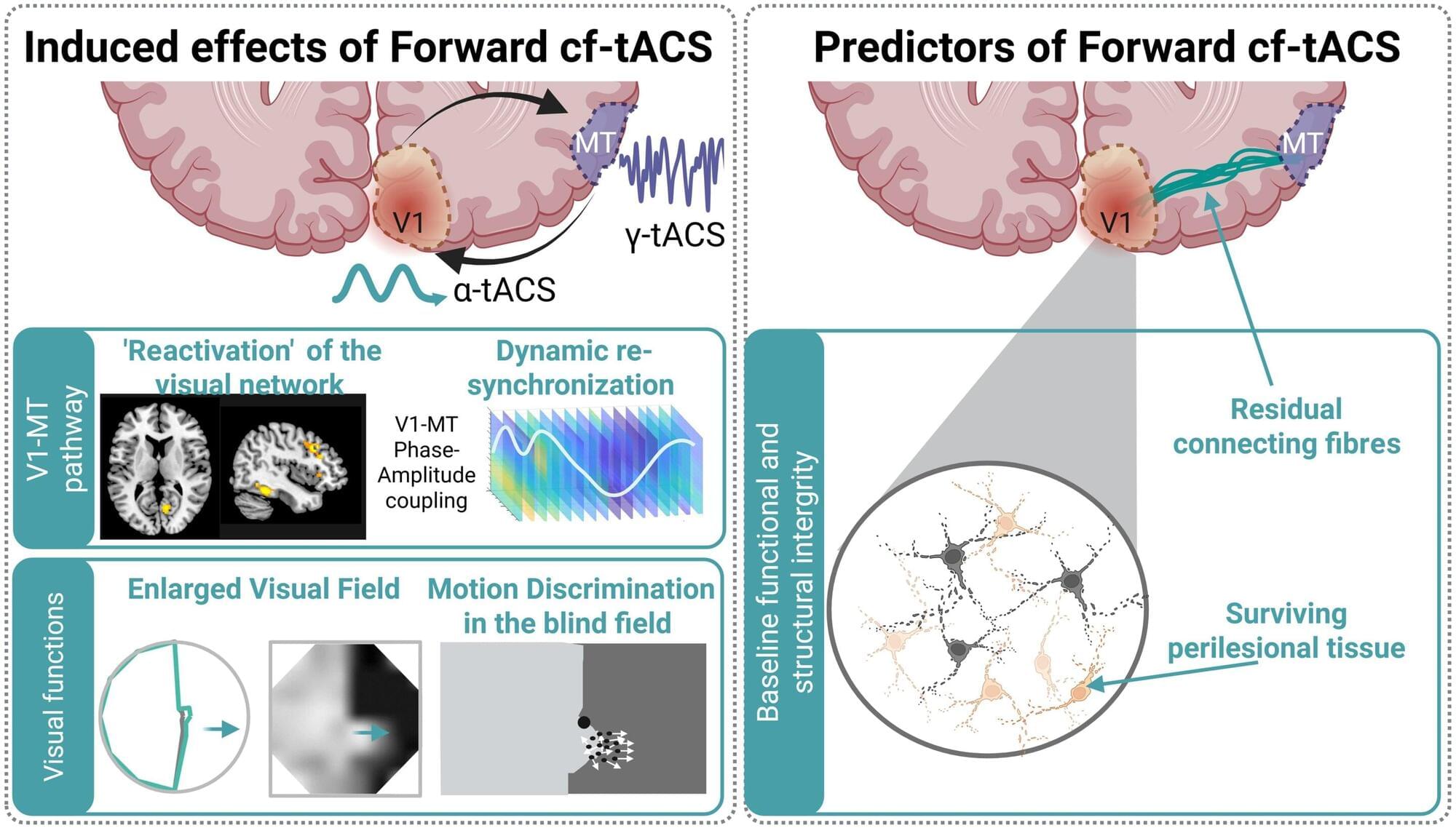For decades, we were taught the universe is 13.8 billion years old. Textbooks repeated it. Documentaries swore by it. Every model of cosmic history depended on it.
But now the numbers are breaking.
The James Webb Space Telescope is detecting galaxies that shouldn’t exist, stars older than our timeline allows, and cosmic structures so mature they overturn everything we thought we understood.
Reality is being rewritten in real time.
New evidence points to a universe that could be 26.7 billion years old – nearly double the age we believed. And if that’s true, then the biggest question becomes unavoidable.
What came before the Big Bang?
The answer is colder, emptier, and far stranger than anything in standard cosmology.
Get ready. We’re going back to the moment before everything.
COPYRIGHT DISCLAIMER:
All content in this video is original or sourced from licensed royalty-free libraries. Scientific material is used under fair use for educational analysis. The script, narration, music, SFX, and visuals are produced using legally obtained and properly credited resources.







